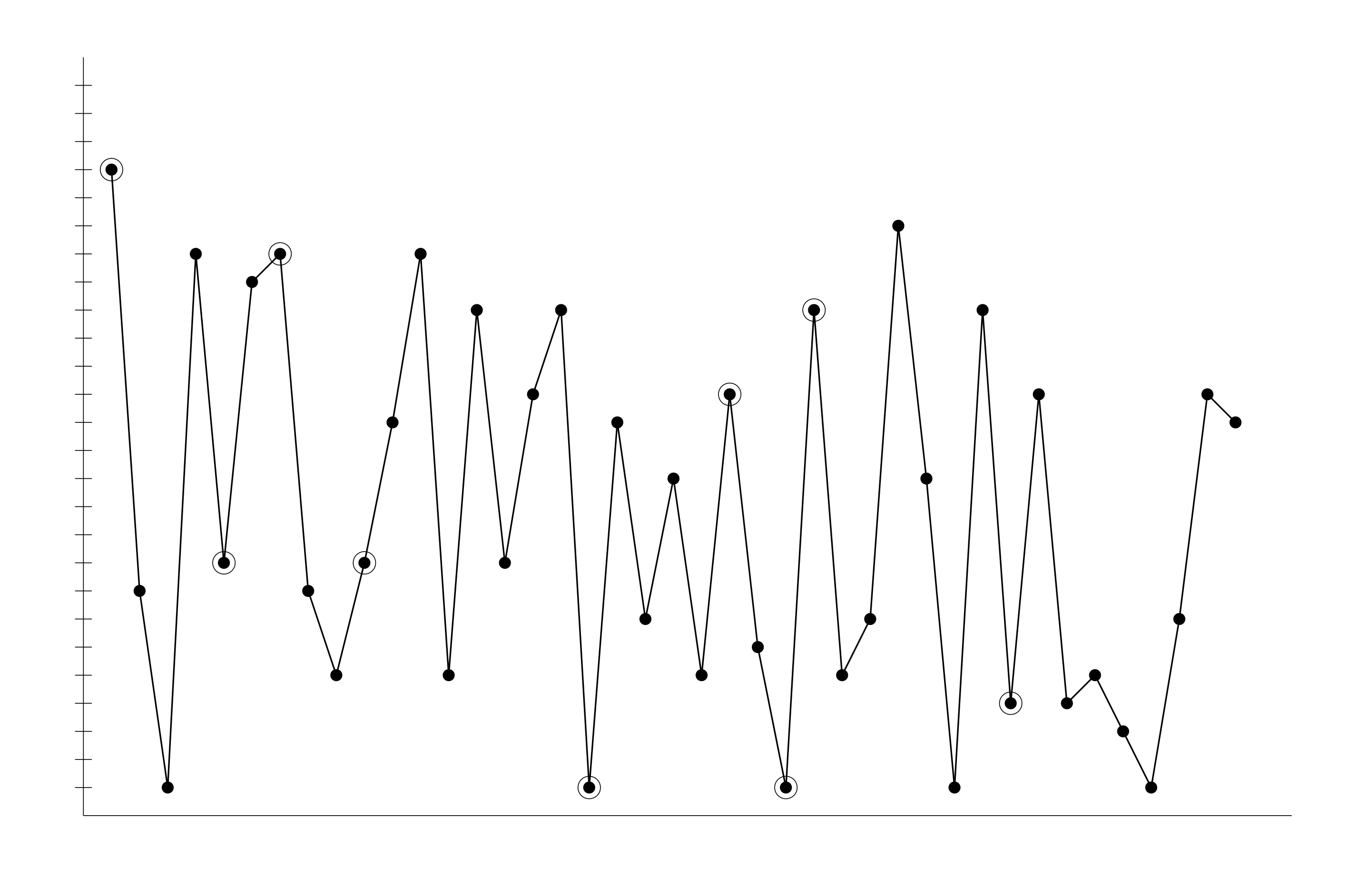2025 edition. From the people behind the
MathsBombe Competition.
Chapter 2
M: That was extra maths
E. Loved it, but quite easy. Here's my problem for you. Hope you know about graphs.

The image above contains a hidden question. Please enter your answer to the question in the box below. If the answer is a number please enter it using numerals rather than words.
To deter guessing without thinking, we ask that you also solve the following simple arithmetic problem before checking your answer:
What is 6 + 5 - 6?
This problem was first solved on Mon 20th January at 4:00:22pm
Alan Turing Cryptography Competition 2025 is organised by the The Department of Mathematics at The University of Manchester.
© The University of Manchester 2012–2025, All Rights Reserved
Contact us | Privacy notice
© The University of Manchester 2012–2025, All Rights Reserved
Contact us | Privacy notice
